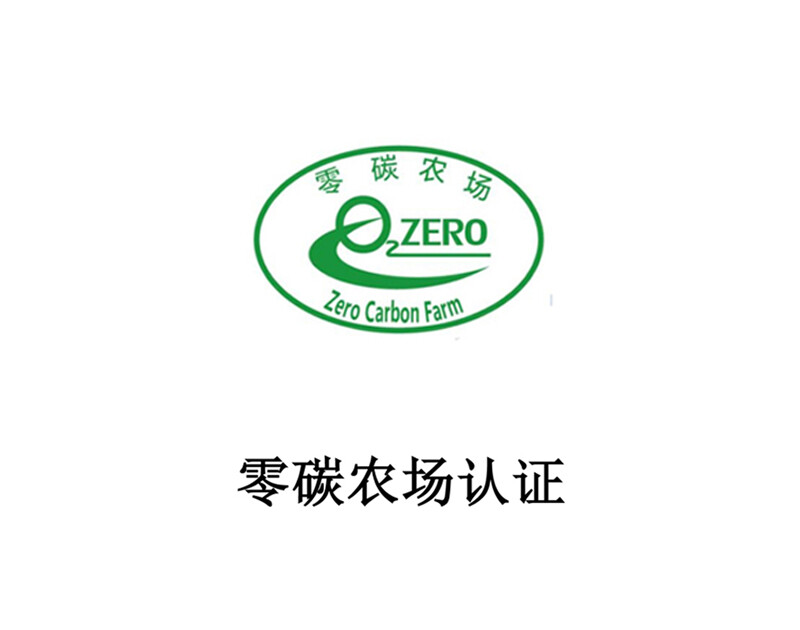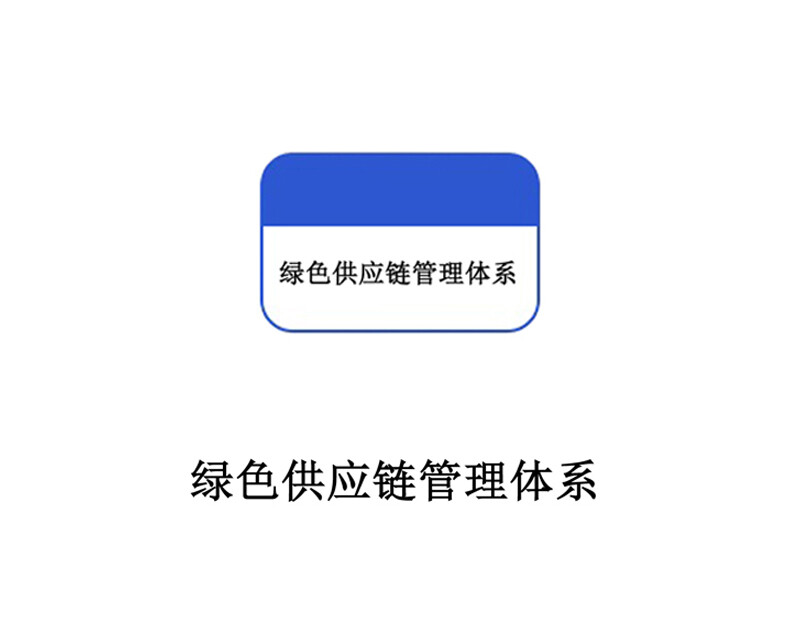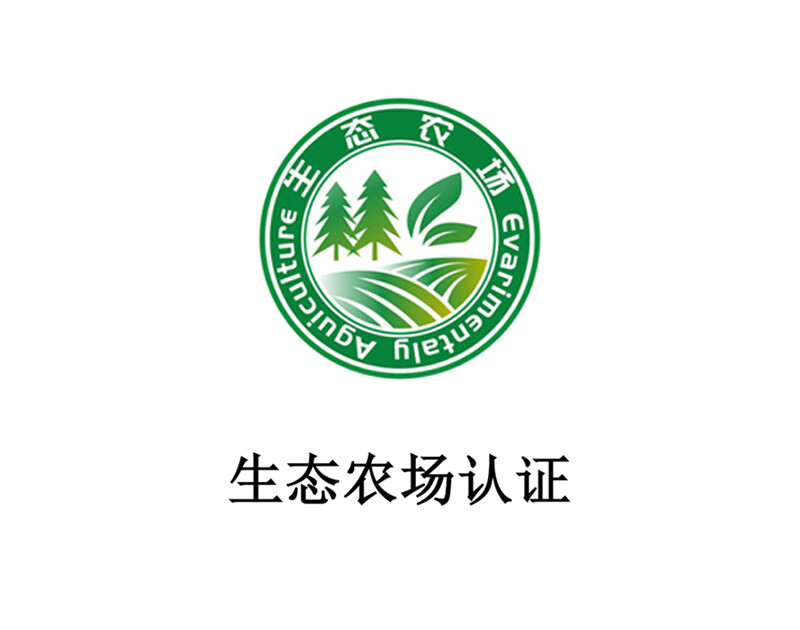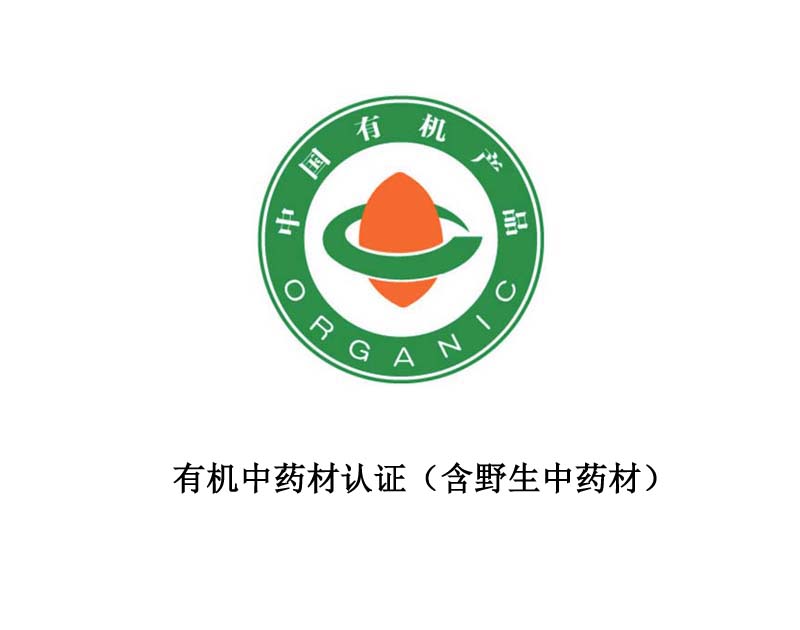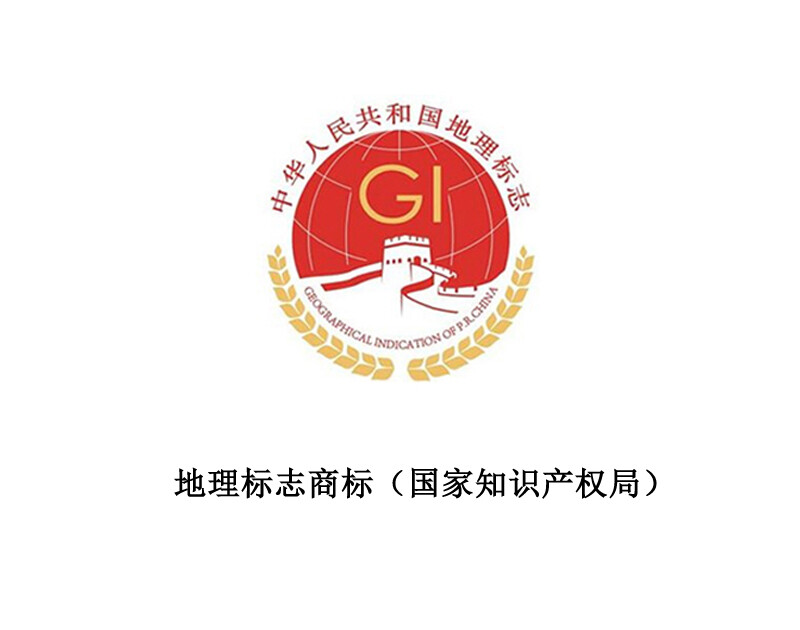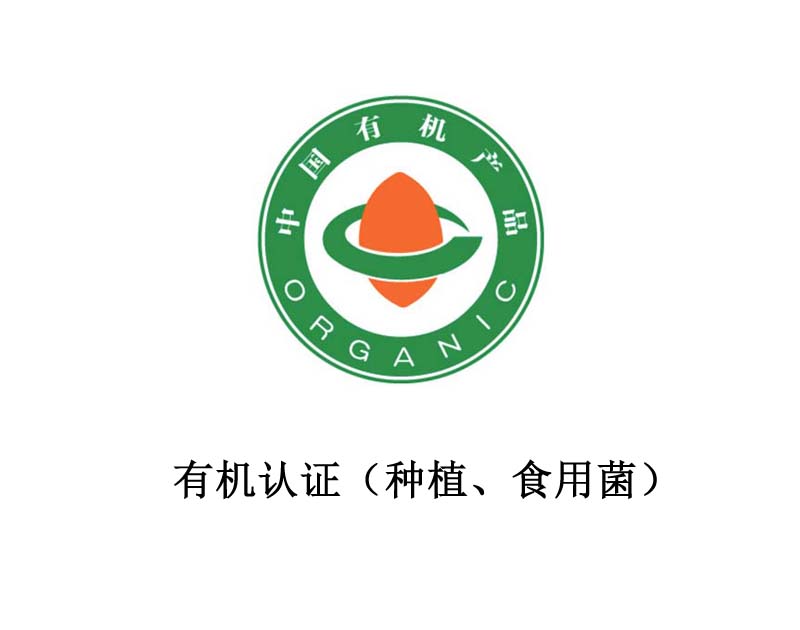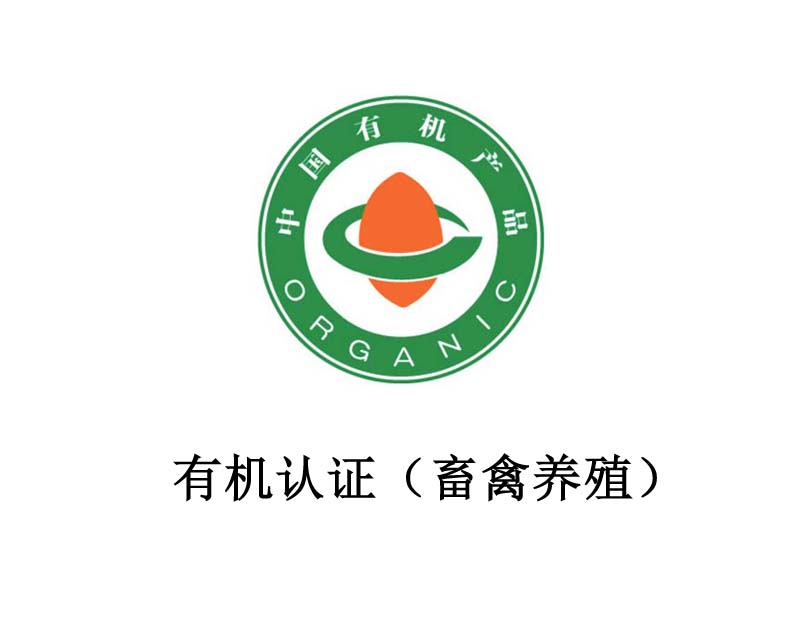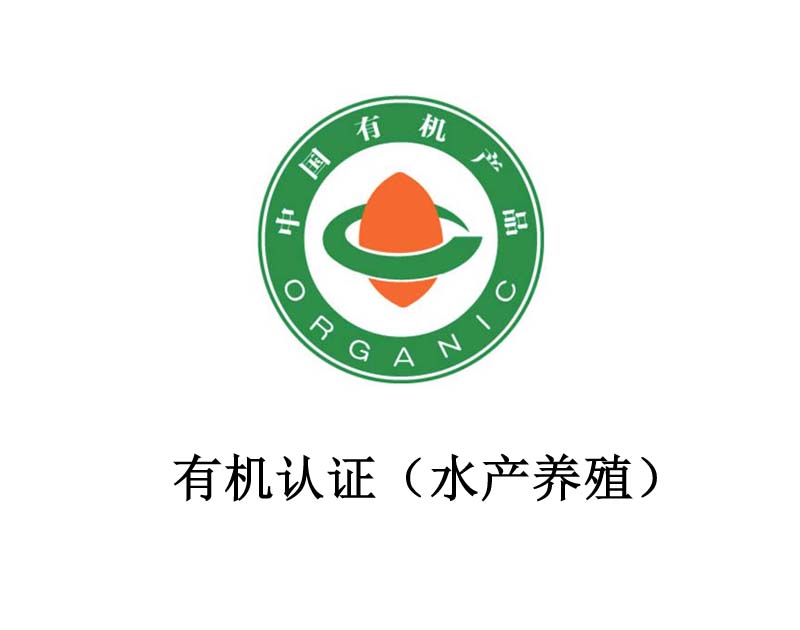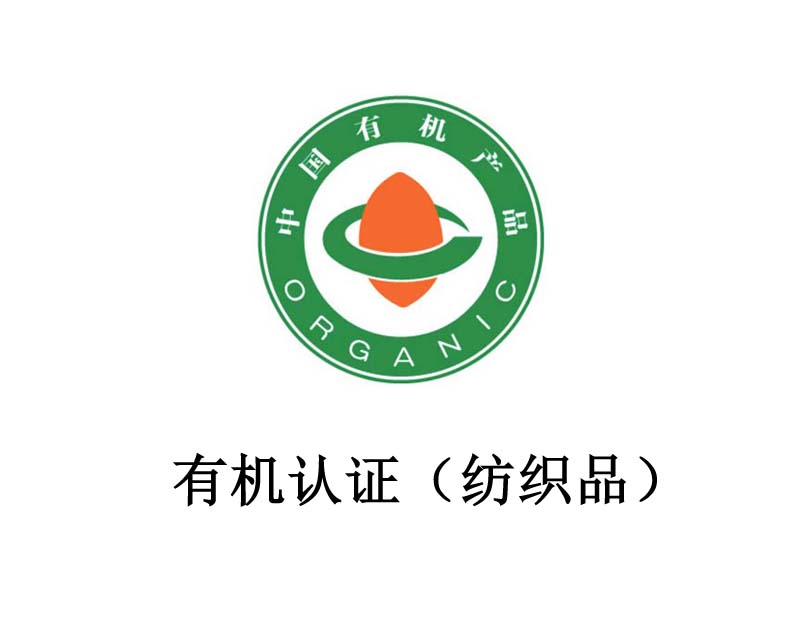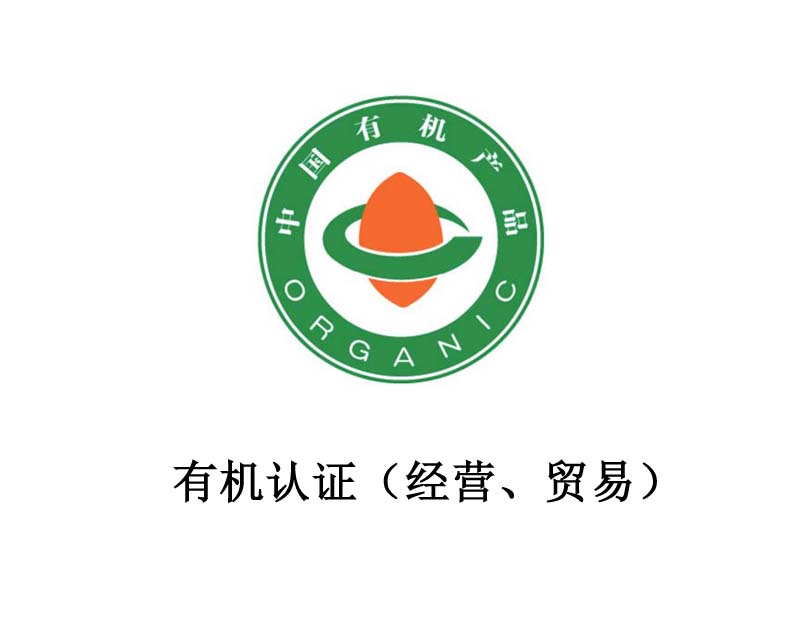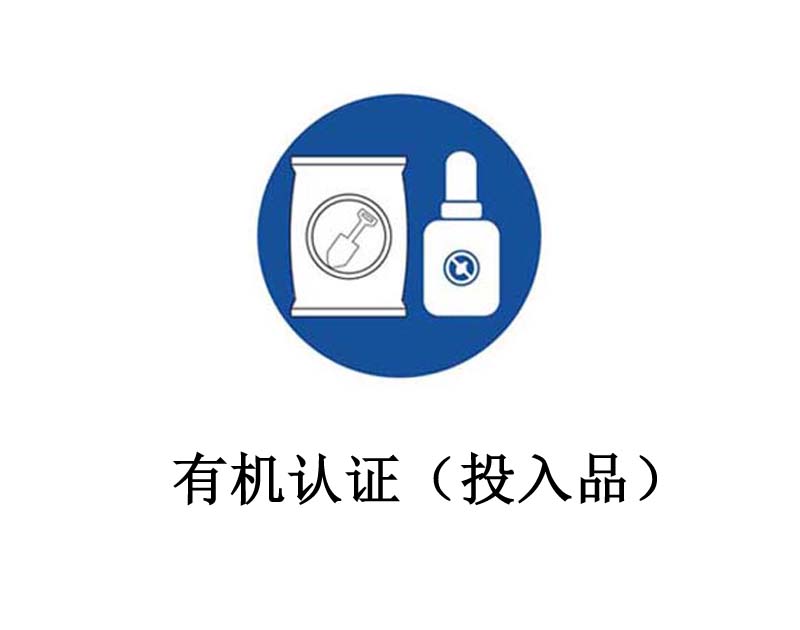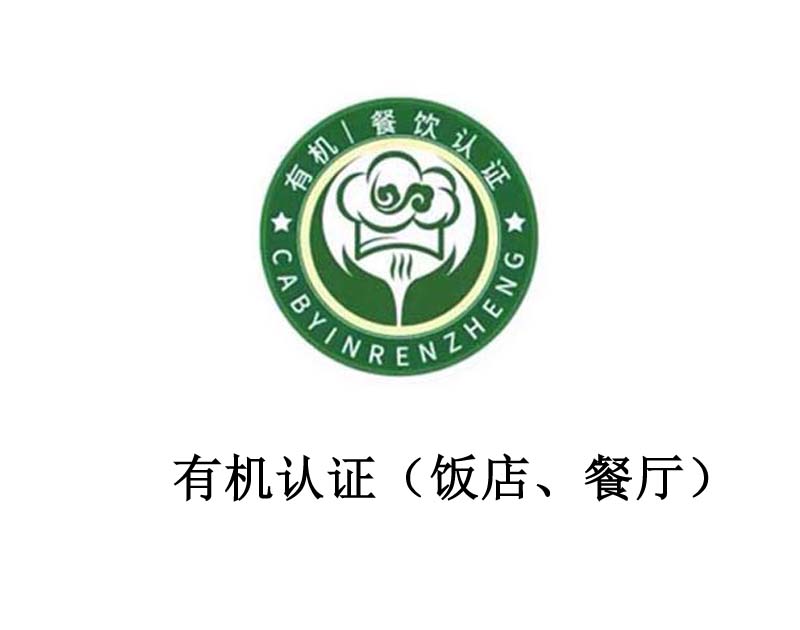Agricultural Product Food Certification Service Network
Technical Support: China Green Huaxing (Beijing) Agricultural Research Institute
Copyright: Guohuan Organic Agricultural Products (Dezhou) Co., Ltd
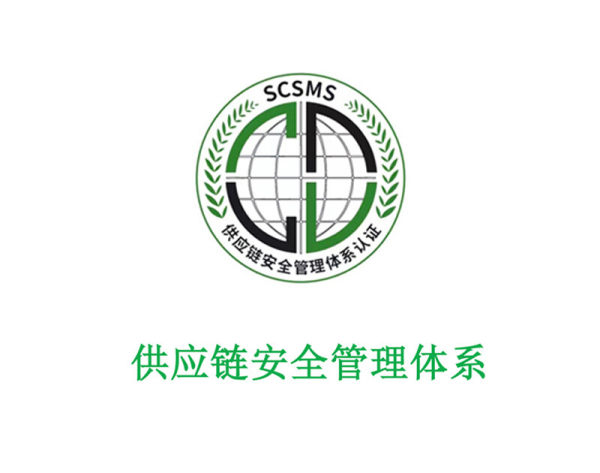
Introduction to Supply Chain Security Management System:
The ISO 28000 supply chain security management standard details the requirements for a supply chain security management system and integrates security management with other management; the scope of ISO 28000 covers all activities that an organization controls and influences throughout the supply chain, including transportation.
ISO 28000 was developed in response to the need for common security management standards in the transportation and logistics industry, with the ultimate goal of improving the overall security of the supply chain.
ISO28000, as a supply chain management system specification, provides a framework for organizations that operate or rely on a link in the supply chain for the first time. It can help all sectors of the industry review security risks and implement control and risk mitigation arrangements to manage potential security threats and impacts in the supply chain.
Role and Benefits: It helps all sectors of the industry review security risks and implement control and risk mitigation arrangements to manage potential security threats and impacts in the supply chain.
ISO 28000 applies to:
ISO 28000 is applicable to any size and type of organization at any stage of the supply chain, including procurement, manufacturing, service, warehousing and transportation. It requires organizations to identify and evaluate the elements of their supply chain security management process, including but not limited to: finance, manufacturing, information management, equipment used for packaging and storage, and the transfer of goods between different modes of transportation and locations, and confirm whether adequate security measures have been taken and whether laws, regulations and other requirements are complied with.
ISO 28000 is increasingly becoming a basic requirement for international supply chain companies, and more and more business partners will also make this requirement.
ISO 28000’s role:
As the world economic and trade situation and the international political and economic environment become increasingly complex and uncertain, the supply chains of many Chinese companies are currently facing severe tests. It is very important to carry out supply chain security standardization work to build a safe, controllable and sustainable supply chain.
Today's supply chain spans the globe, including suppliers, manufacturers, distributors, retailers, OEM manufacturers, and outsourcing service providers. Economic globalization means an increasingly unstable business environment, higher user expectations, and shorter product life cycles.
The interdependence of supply chain members in business cooperation also increases the complexity of the supply chain. Coupled with the increasingly uncertain external operating environment, the supply chain becomes more vulnerable to internal and external threats.
At the same time, unpredictable natural disasters, difficult-to-defend against terrorist attacks, and numerous safety accidents in high-risk industries such as transportation, coal mining, and chemicals are constantly threatening the production, warehousing, logistics, sales and other processes in corporate operations.
Coupled with the complexity and interconnectedness of the supply chain network itself and managers' demands for refined management, these internal factors and external threats all highlight the vulnerability of the supply chain.
Therefore, it is particularly important for enterprises to conduct uncertainty analysis on sudden event disturbances, study the transmission mechanism of disaster shocks in the supply chain, improve the security of the supply chain, establish a sound supply chain security management system, and take countermeasures against weak links with high vulnerability to improve the robustness and flexibility of the supply chain.
The standardization of supply chain security management is to summarize the technology and successful practical experience of supply chain security management into common principles and bases for everyone to follow.
Provide guidance on security and resilience for upstream, midstream and downstream enterprises and stakeholders in the supply chain, thereby improving the level of supply chain security management in the whole society and leading the high-quality development of the industry
1. Demonstrate a complete and secure supply chain management system to stakeholders, improving the business capabilities and credibility of the organization;
2. Ensure consistency in the way different upstream and downstream service providers in a supply chain do things;
3. Comprehensively identify and evaluate safety risks to effectively control and reduce safety hazards and impacts in the supply chain.
4. This standard is a management system based on the PDCA (Plan-Do-Check-Act) cycle principle, based on the recognized ISO 9001 standard, and can be effectively integrated with ISO 14001 & ISO 45001;
5. After the September 11th incident, the U.S. Department of Homeland Security Customs and Border Protection (CBP) established the Customs-Trade Partnership Against Terrorism (C-TPAT) to meet the security management requirements of the supply chain. At the same time, organizations in other parts of the world have also issued relevant standards, such as the European Authorized Economic Operators (AEO), the Canadian Partner Protection Measures (PIP) and the World Customs Organization (WCO) to ensure the safety and convenience of global trade and transportation. If an organization wants to meet the requirements of the above standards, implementing ISO 28000 becomes more important and is the most basic requirement.
